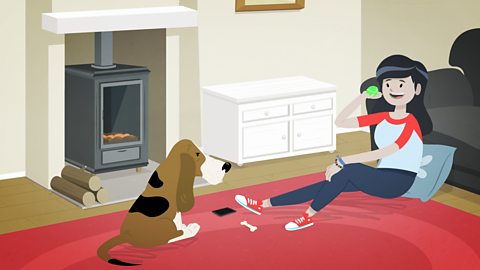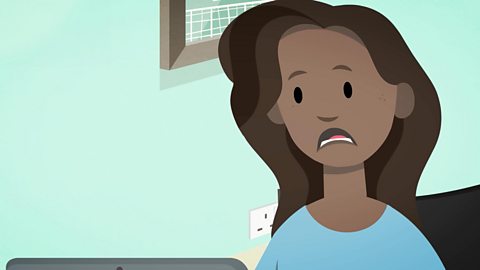Diseases
Description
Jamila browses the internet for an adventure holiday in a tropical rainforest. Alfred, her science app, recommends that a mosquito net is required. Alfred then explains why, by summarising the cause and symptoms of malaria. He provides advice on how to reduce the chances of infection and possible treatment. Alfred explains that there are many infectious diseases in the world. He explains HIV transmission, its symptoms, and progression into AIDS. He suggests how transmission can be reduced and how the effects of the disease can be slowed by antiretroviral drugs. Alfred introduces Chlamydia as another sexually transmitted disease. He describes the symptoms, treatment and consequences of not receiving treatment. Finally, Alfred offers advice on how to reduce the spread of sexually transmitted diseases by using condoms and not sharing hypodermic needles. Jamila appears slightly apprehensive after all this information but decides to proceed with the holiday by searching for a mosquito net.
Classroom Ideas
Ask pupils what they think they’d require for a tropical holiday. Change the mood by showing images of people infected with malaria. Ask them how they think people became infected. Introduce the first part of the video which shows a mosquito transferring the malarial parasite. Stop the video and ask them how they think they could reduce their chances of being bitten. Continue the video which shows how you could reduce your chance of developing malaria. Ask what might happen in countries which don’t have access to these methods? Up to 500,000 people die from malaria each year. 300,000 of those are children under five years old so a child dies every 45 seconds. Look at the clock. Ask pupils how many would be dead at the end of the lesson, during a school day, and then during one day. Research World Health Organisation (WHO) for up-to-date facts on malaria. Ask pupils if they can think of any other diseases which are transmitted between people, guide them to sexually transmitted diseases. Ask them what they already know - symptoms, transmission, treatment, then play the remainder of the animation. Ask pupils to draw a table with the four headings - disease, symptoms, transmission and treatment. Show the animation a second time, asking pupils to complete the table with information collected whilst watching the animation. Extend pupils by asking them to research the connection between sickle cell anaemia and malaria.
Variation, homeostasis and micro-organisms
Now playing video 3 of 3
- 2:39

- Now playing2:34
